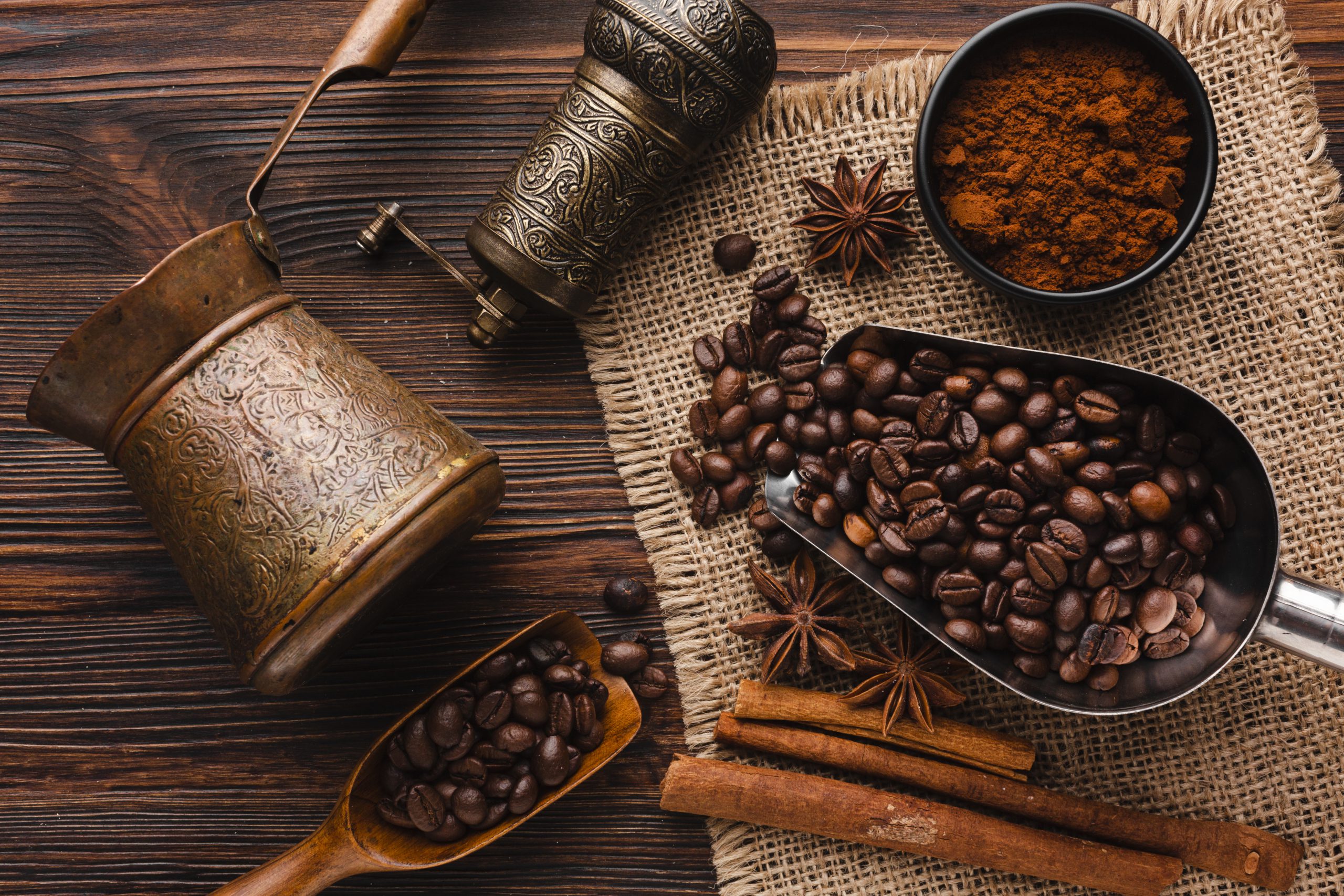
The secret to making the best coffee every morning
We all want the best coffee every morning, a little caffeine with a smooth, complex flavor makes all the difference to your day. So if you want the best flavor with the same ingredients, take a closer look at the main ingredient, water.
The importance of water in the coffee
Filtered coffee contains 98% water and just over 1% soluble plant matter. Water is the main ingredient in your cup and the solvent that extracts oils from beans or leftovers, so water is doubly important when making the best cup.
As you make your cup, tap water contains different substances, and each water component can evoke a different taste. So, how do you keep factors like the mineral and chemical makeup of your water in check?
The perfect water for coffee
Great coffee starts with great-tasting filtered water. While we offer many water filtration systems, we can recommend two targeted solutions to get the most out of your daily espresso or brewed coffee.
The mineral content of water
Minerals such as calcium and magnesium determine the carbonate hardness of drinking water, which affects the taste of your coffee. Dr. Christopher Hendon, who has lectured on how the chemistry of water affects the flavor of coffee, participated in a 2014 study comparing how common water hardness minerals such as magnesium, calcium, and sodium affect the final taste of a cup.
Minerals like these and hydrogen carbonate neutralize acids as coffee extracts and brews. To maximize the effect of the acids and oils in your coffee. Treat the water with a water filter designed to reduce mineral hardness.
The chemical composition
Chlorine is a chemical disinfectant that many municipalities add to public drinking water systems to kill parasites, bacteria, and viruses. However, chlorine-laden drinking water in your home can add an unpleasant smell and taste to your morning cup.
In fact, the Specialty Coffee Association advises baristas to invest in a filter that has a carbon filter to treat chlorine and pair it with a reverse osmosis filter to reduce chlorides. This combination effectively deals with these two common chemicals.
Take care to address both the mineral content and chemical composition of each faucet in your home when choosing an ARTEC kitchen filter. This filtration system reduces sand, silt, minerals, debris, and processing chemicals such as chlorine for a more energetic and flavorful cup. If you want premium coffee, consider installing a reverse osmosis system.
Other tips to make your coffee taste better
Switch to whole grain
Take the lead and start ordering whole beans instead of ground beans. The essential oils that are released while grinding the whole grains give a cup of coffee a distinct difference. Even high-quality grinds will lack those essential oils because they evaporate quickly after grinding. Grinding fresh whole beans is better because the aromatic particles will volatilize after grinding. And the exposed surface area of the coffee increases dramatically, resulting in faster oxidation. When it begins to oxidize, a better cup begins to lose its flavor.
Buy scale
Coffee brewing is an art and science. Optimize your grained beans to water ratio with a simple kitchen scale. For the most accurate measurement, The biggest reason to measure the beans is that knowing your ratio will allow you to adjust the ratio to your individual preferences. And give you the ability to re-brew it you find most enjoyable. continuously.
Clean your brewing equipment
If your cup constantly tastes “unpleasant,” your coffee maker may be the problem. The National Science Foundation recommends cleaning your machine with hot, soapy water after each use. Once a week, take a few minutes to run your machine with equal amounts of white vinegar and water for a thorough clean.
Preserve the flavor
Protect the beans, store the beans in a cool, dark place away from heat, moisture, light, and fresh air. For best results, the National Coffee Association recommends storing your cup in an opaque, air-tight container at room temperature. Airtight containers reduce oxygen exposure and slow down the oxidation process that changes the aroma and flavor of stored beans.
Water temperature monitoring
For optimal coffee, it is best to monitor the water temperature, which should always be between 194 and 206 degrees Fahrenheit. Use a solid-state thermometer to check the water temperature in the coffee maker. If adjusting the settings doesn’t get you in the perfect range, it might be time to invest in a more reliable model.
























